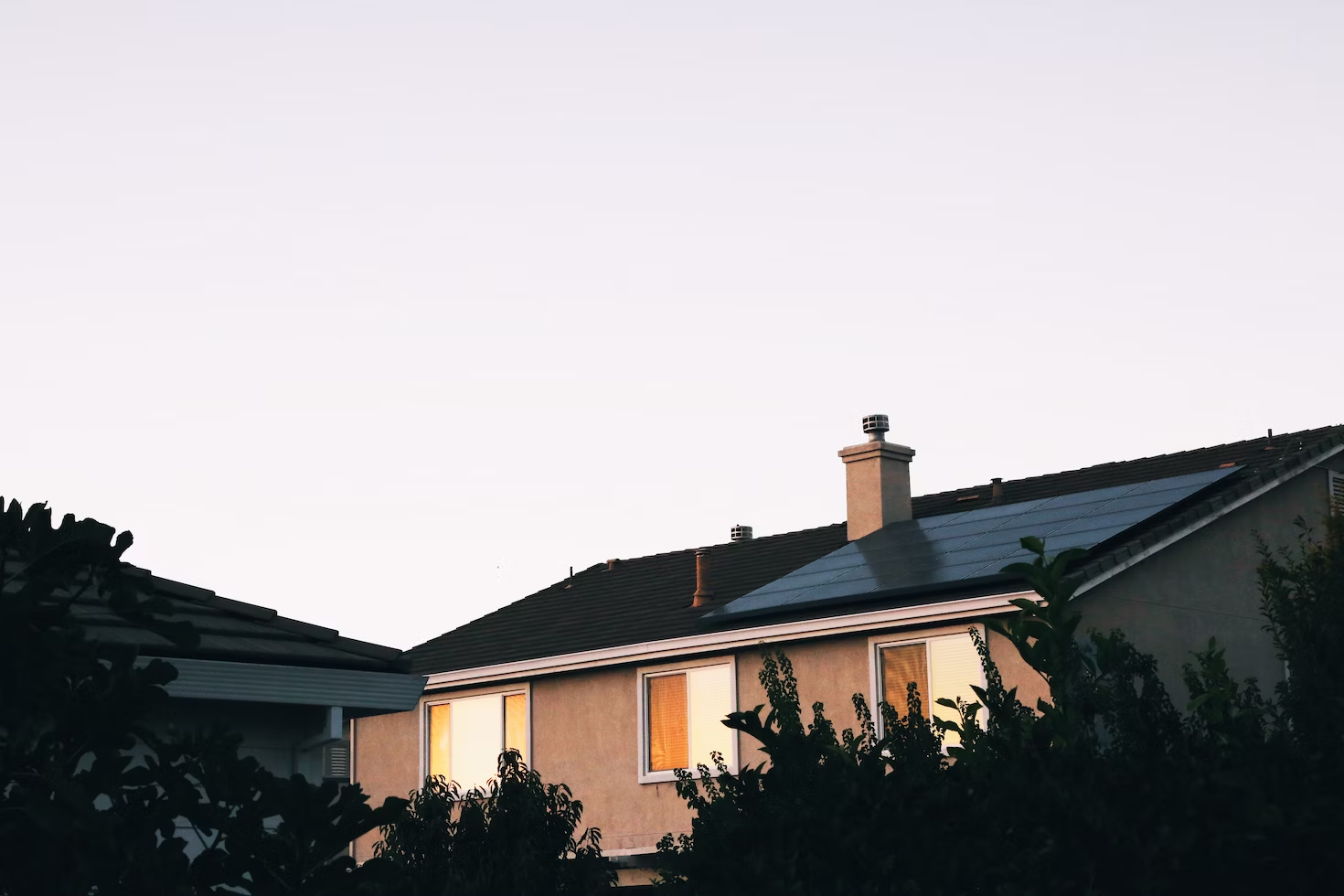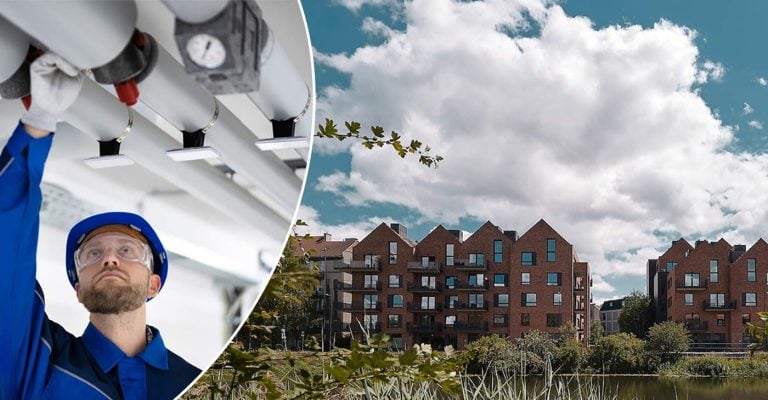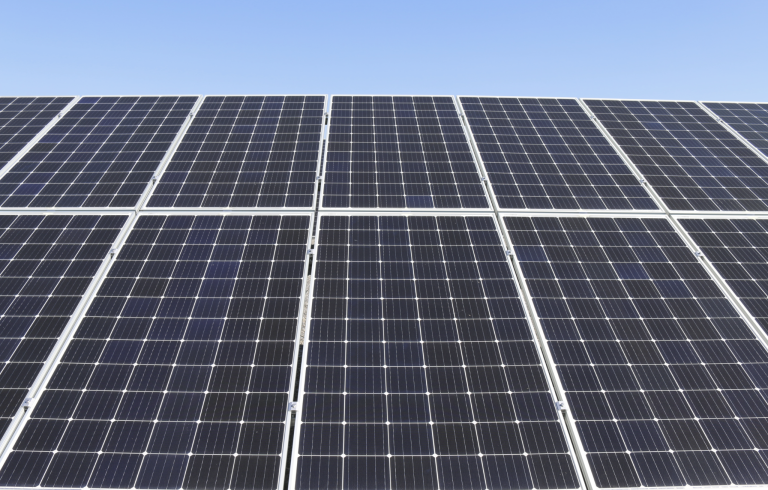The Ultimate Guide to Identifying Drainage Issues

Table of Contents
Recognising drainage issues early on is key to maintaining a healthy home and preventing potential damage. Most of us have experienced the frustration of a slow-draining sink or an unpleasant odour lingering in the air. In this guide, we’ll delve into common signs that your drainage might be in trouble, both inside and outside your home. Understanding these indicators can save you from more significant problems down the line.
Common Signs of Drainage Issues
Slow Draining Sinks and Bathtubs
Ever noticed your sink taking longer than usual to drain? This might be more than just a minor annoyance. Slow drainage is often a tell-tale sign of blockages in your pipes. If you find water lingering for longer than it should, it’s time to investigate further. Pay attention to whether this is a recurring issue or if it’s isolated to a specific fixture. For example, some people have this happen in the bath due to the build-up of soap scum and hair. You can read more about what will dissolve drain hair and see if there’s a suitable remedy from FS Drainage.
Unpleasant Odours
Strange odours wafting from your drains can be a clear indication of drainage problems. These unpleasant smells are usually a result of accumulated debris and stagnant water in the pipes. Identifying the type of odour can sometimes help pinpoint the issue. If you’re catching whiffs of something foul, it’s a sign that it’s time to take a closer look at your drainage system.
Gurgling Noises
Gurgling sounds coming from your plumbing might seem harmless, but they can signal trouble beneath the surface. These noises often indicate air trapped in the pipes or blockages hindering the normal flow of water. Pay attention to when these gurgles occur and whether they’re consistent across different fixtures in your home.
Water Backing Up
One of the more concerning signs of drainage issues is water backing up in sinks, toilets, or showers. If you’re experiencing this, it’s a red flag that your drainage system is struggling to handle the volume of water. Immediate action is necessary to prevent further damage. Don’t wait for the problem to escalate; take steps to address it promptly.
Changes in Water Colour
Discoloured water is another indication that your drainage system might be in trouble. Brown or rusty water can suggest the presence of corrosion, while greenish tints might signal algae growth in stagnant water. Any noticeable change in water colour warrants investigation to determine the root cause of the issue.
Exterior Signs of Drainage Issues
Standing Water in the Garden
A seemingly innocent puddle in your garden could be a sign of drainage problems. Standing water can indicate poor drainage around your property, which may lead to more significant issues over time. Pay attention to areas where water pools are consistent, and consider seeking professional advice to address the underlying cause.
Soil Erosion
If you notice patches of soil eroding away, it could be linked to drainage issues. Water running off improperly can contribute to soil erosion, compromising the stability of your property. Keep an eye on areas where the ground seems to be washing away, as this may be a symptom of underlying drainage problems.
When to Call in Professionals
While DIY methods can offer some insights, there are limitations to what you can uncover on your own. If you’ve identified any of the signs mentioned or if you’re uncertain about the state of your drainage system, it’s time to bring in the experts. Professional assessment ensures a comprehensive understanding of the issue and prevents potential complications from worsening.
How Much Does It Cost to Unblock a Drain?
One of the reasons why homeowners debate DIY vs professional drainage services is the cost. They don’t want to spend a fortune. We all know that hiring a professional team has many advantages. But, you still want to know in advance what it’s going to cost you.
The best way to get a price is to obtain a quote from the drainage company. This will detail exactly what you’re going to pay. Indeed, every homeowner’s bill will be slightly different. There are various factors that determine the figure. Here are some of them so you can make sense of your quote.
The Unblocking Method
The method used for unblocking a drain matters. The more advanced the equipment, the more it’s going to cost you. Sometimes, technology and equipment are necessary if you have a bad blockage which is out of your control. But, you can choose a company based on their equipment by reading about them on their website.
The Complexity of the Blockage
Next, the price depends on how bad the blockage is. If it’s complex, it requires more time, equipment and experience. Thus, the price will be higher. But, if you have a straightforward blockage and something that’s relatively easy to solve, this can be a cheaper price.
Your Current Location
Don’t forget that where you live can impact your price. If you live in a city area, this can increase the cost. In addition, if the drainage company have to travel, this is a factor that can influence how much you’re paying. It’s advisable to choose a drainage company that services your area and is situated nearby. Then, you don’t have to pay for the mileage to get to your property.
The Urgency of the Service
A blockage can happen at any time. Of course, the time of day and the day of the week are factors that can impact the cost it has. For instance, if you encounter a problem during the day and need emergency services, this will cost you less than if it happened in the middle of the night. Likewise, if your blockage occurred midweek as opposed to the weekend, your bill will be lower. So, know that when the urgency occurs will increase or decrease the figure you receive.
Conclusion
Staying vigilant about the health of your drainage system is crucial for maintaining a functional and comfortable home. By recognising the common signs we’ve discussed and taking proactive steps, you can address drainage issues before they become major headaches. Don’t hesitate to seek professional help when needed, and remember, a little prevention goes a long way in preserving the integrity of your plumbing.






